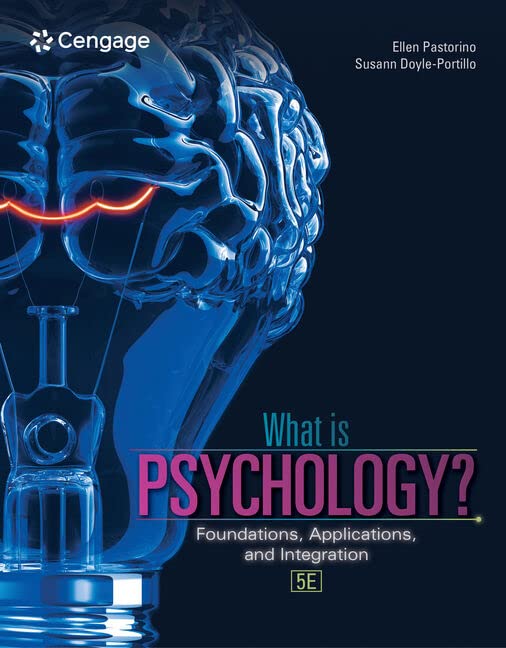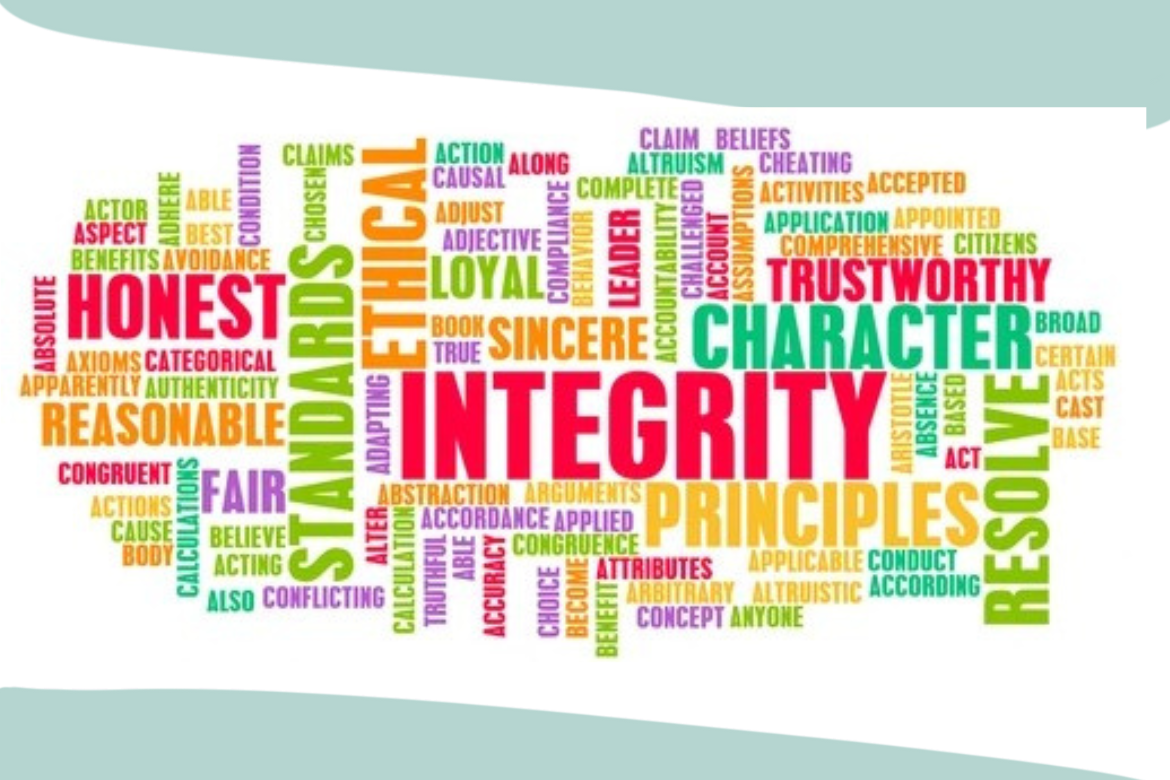Psychology Types of Personality is almost spontaneous, and it is usually proportional. But it can vary from person to person; from place to place; from circumstance to circumstance, and at times it can improve or deteriorate. It is usually directed to an end, but it can also be a continuous process.
- What are the Types of Behavior We Generally Notice in Psychology Types of Personality?
- What is Normal Behavior in Psychology Types of Personality?
- What is Abnormal Behavior in Psychology Types of Personality?
- What is Covert Behavior?
- What is The Overt Behavior?
- What are the Causes, Symptoms, and Remedies of Behavior in Different Psychology Types of Personality?
- What are the Types of Original Behavior?
- What is Innate Behavior in Psychology Types of Personality?
- What is Group Behavior in Psychology Types of Personality?
- What is Crowd Behavior in Psychology Types of Personality?
- How Behavior Changes in Communication?
- Conclusion
What are the Types of Behavior We Generally Notice in Psychology Types of Personality?
The conditional or responsive behavior resulting from the causes or stimuli could be normal or abnormal.
What is Normal Behavior in Psychology Types of Personality?
Normal behavior is almost similar to conscious behavior, which is the expectation of the general people of society from professional groups such as doctors, nurses, health assistants, etc.
What is Abnormal Behavior in Psychology Types of Personality?
Unconscious behavior is a kind of behavior in which the individual is not aware or conscious of the behavior. It depends largely on the individual’s perceptions, attitudes, and prejudices. All these factors usually would present the real incident in different and contradictory ways, which in the majority of cases would complicate the real picture. This type of conflicting or contradictory view of an incident is due to our unconscious behavior. Abnormal behavior also refers to maladaptive behavior. Behavior is classified as covert and overt.
What is Covert Behavior?
Covert behavior is a strong attitude, which is most likely to give rise to a particular action. In other words, the covert behavior is a strong attitude.
What is The Overt Behavior?
However, overt behavior is usually visible. It is the action outwardly done by an individual. Behavior problems are many in human lives, but some need immediate attention.
What are the Causes, Symptoms, and Remedies of Behavior in Different Psychology Types of Personality?
In the case of children, the problems are anti-social in nature, habit disorders, personality disorders, psychosomatic disorders, and educational disorders. The anti-social disorders are- stealing, lying, gambling, evil company, etc. Personality disorders are –timidity, shyness, tempers, tantrums, daydreaming, fear, anxieties, unsociability, and hysterical manifestations.
The habit disorders are- thumb suckling, nail-biting, bed-wetting, etc. The educational difficulties are–school phobia, school failures, poor performance in studies, and poor progress in overall education. The psychosomatic disorders are– tremors, frequent headaches, depression, hallucinations, and delusions. All these disorders could be due to mental deficiency, organic brain disease, and maladjustment to the external environment.
The solution to this kind of behavioral problem in children is an improvement of living conditions, tender care, proper health care, medical care, education, and a good social environment. Read more.
What are the Types of Original Behavior?
There are three types of original behavior that we can notice in people. They are—Organic reflexes; the actions of the heart and lungs, Reflexes like coughing; swallowing; blinking; and knee-jerking, and some complex reflexes, such as running away from danger and shrinking.
These reflexes are inherited, non-learned innate behavior which serves biological purposes. There is another type of reflex, also known as conditional reflex.
What is Innate Behavior in Psychology Types of Personality?
The individual is a product of both heredity and environment. His basic character and personality are the outcome of his native inborn capacities. The changes and developments that occur in him during his lifetime are due to the influence of the social environment in which he lives. His behavior is partly natural, non-learned, inherited, and partly acquired, or learned.
So a non-learned or unlearned behavior is an inherited behavior, and a learned behavior is an acquired behavior, which is socially acquired. Sometimes, it is noticed that the animals have evolved species-typical behavior. This is due to some kinds of structural and behavioral adaptability to the environments in which they live. The behaviors that can be learned with a moderate amount of difficulty are said to be unprepared behavior.
What is Group Behavior in Psychology Types of Personality?
Group behavior is the behavior and habits of the group or section to which the people belong. It is a powerful determinant of individual behavior, values, and beliefs. Man is a social being. From birth till death, he is associated with the people in the society. He is born with some particular culture, which is made up of customs, laws, ideals, arts, literature, crafts, science, and technology. All these have a great impact on the individual, which later on, influence his social behavior. Group behavior is known as social behavior.
Therefore, social behavior is the behavior concerning an individual’s society and social environment. The social environment includes the human relationship with the institutions comprising social elements such as family, friends, relatives, neighbors, colleagues, rivals, followers, fans, and leaders. These social elements within the same environment greatly influence and alter human behavior, be it individual or group behavior. An individual is always subjected to the change in his environment. Both physical and cultural environments exert great influence on the individual’s decisions and behavior. Learn more
The mental environment exerts tremendous influences or pressure on his ideas, opinions, attitudes, and prejudices. All these are always reflected in his feelings, and thoughts, and ultimately alter his behavior. The best example of group behavior is revealed or demonstrated in religious festivals, deaths, or mourning.
What is Crowd Behavior in Psychology Types of Personality?
We can notice crowd behavior in a temporary collection of people who react together to certain stimuli. The limitations of crowd behavior are noticed in the emotional needs of the crowd; the leadership of the crowd; the mores of the crowd; and the external control of the crowd. Mores are strong ideas of right or wrong, which require certain actions and forbid others.
How Behavior Changes in Communication?

It is a systematic process or way of disseminating information about an aspect of human behavior to persuade people collectively and effectively to change their behavior toward achieving positive health. In other words, it is a process of disseminating health-related information to change behavior permanently toward achieving the objective goal.
Conclusion
The types of behavior emphasized above are innate forces and human nature. They are instinctual and inborn natural tendencies to perform a certain pattern of action without previous training. These types of behavior usually refer to complex patterns of behavior, which are largely innate, genetic, and unlearned. These characteristics are present in all members of at least one sex of the species and are aroused by the perception of certain objects or stimuli. Instinct is not only behavior but it is also an urge to behave, which sometimes is known as drive. The primary drives are hunger and food-seeking, thirst, and water-seeking, maintenance of body temperature, nutrition, defection, sex, and parental activities, rest after activity, etc.
Instincts at one time were regarded as a chain of reflexes. However, there are some important differences between reflexes and instincts. A reflex may be defined as a response of a muscle or gland in response to a stimulus, applied to a sense organ, which traverses through the path of reflex.


